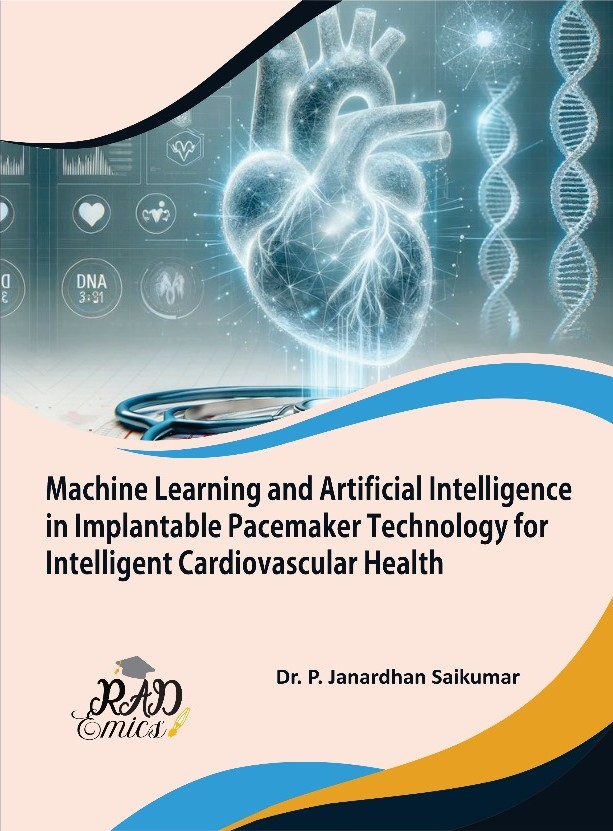
Abstract
Smart pacemaker devices capable of closed-loop cardiac rhythm regulation represent a significant leap forward in personalized cardiac care. Reinforcement learning (RL) algorithms offer a promising solution for developing adaptive control strategies that can respond dynamically to a patient’s changing physiological state. This chapter explores the design, training, and deployment of RL frameworks tailored for safety-critical cardiac applications. Emphasis was placed on synthetic heart models and digital twin systems, which provide controlled environments for safe pre-training of RL policies. The discussion addresses the sim-to-real transfer problem, outlining methods such as domain randomization, policy fine-tuning, and hybrid offline-online learning to improve real-world performance. Key performance benchmarks and validation metrics are examined to ensure that RL-driven controllers meet clinical standards for safety, responsiveness, and energy efficiency. Challenges related to computational constraints, explainability, and regulatory approval are discussed to highlight practical barriers to clinical translation. By analyzing these technical and translational aspects, the chapter provides a roadmap for future research in deploying RL-enabled closed-loop pacemakers. The goal was to inspire robust, interpretable, and patient-specific solutions that advance the next generation of autonomous cardiac rhythm management systems.
Introduction
Advances in cardiac rhythm management have transformed the quality of life for millions of patients suffering from arrhythmias and related heart conditions [1]. Traditional pacemakers operate using pre-defined, open-loop pacing modes that cannot dynamically adjust to the subtle and often unpredictable variations in a patient’s cardiac state [2]. This limitation underscores the need for intelligent control systems capable of closed-loop operation, where real-time sensing and adaptive response can better maintain physiological stability [3]. As implantable medical devices become more sophisticated [4], the integration of machine learning techniques has opened new opportunities for smarter, patient-specific cardiac care [5].
Reinforcement learning has emerged as a powerful candidate for enabling adaptive control in complex [6], nonlinear systems where explicit models may be incomplete or impractical. In the context of smart pacemakers [7], RL frameworks allow a device to learn optimal pacing strategies through iterative interaction with a representation of the heart’s dynamics [8]. By framing pacing as a sequential decision-making problem, RL algorithms can optimize for long-term therapeutic outcomes rather than rely solely on static rules or thresholds [9]. This approach aligns with the goal of creating pacemakers that continuously adjust to changing physiological conditions, comorbidities, and patient lifestyles [10].
Key to the development of RL-driven pacemakers was the use of simulation environments that replicate the electrical and mechanical behavior of the human heart [11]. Synthetic heart models and patient-specific digital twins offer safe [12], controllable platforms for training and validating RL agents before real-world deployment [13]. These virtual systems make it possible to test how an RL controller responds to diverse physiological scenarios, arrhythmias [14], and potential device faults without exposing patients to risk. Effective use of simulation reduces development time and supports the creation of robust, generalizable control policies [15].